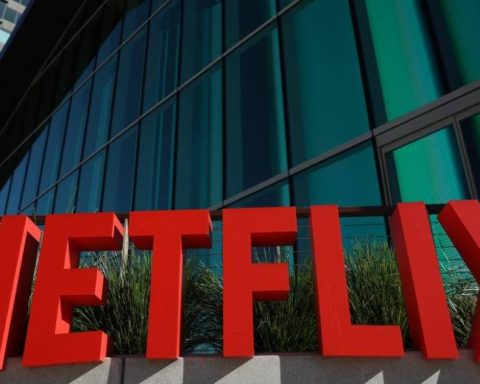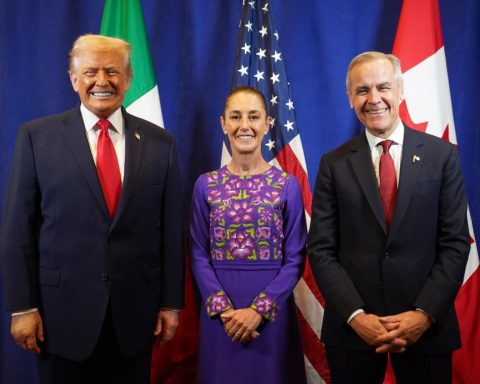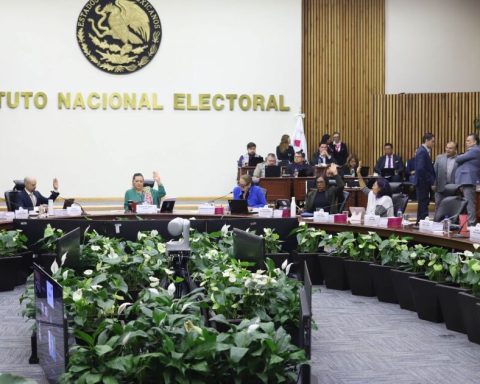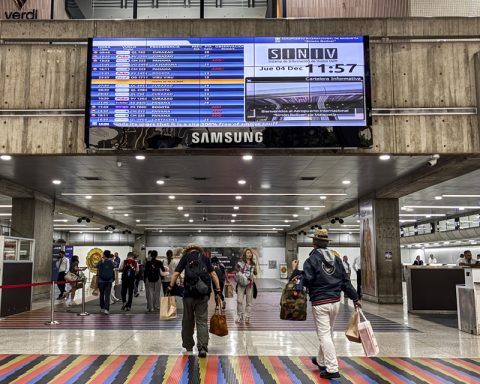Latin America and the Caribbean is winning the war on inflation, but its economy will only grow 1.9% this yeara little more than expected, but less than the other regions of the world, reported this Wednesday the World Bank.
The financial organization predicted in April that The regional economy would expand by 1.6% in 2024.
This year Brazil will grow 2.8%, Bolivia 1.4%, Chile 2.5%, Colombia 1.5%, Costa Rica 4%, Dominican Republic 5.1%, Ecuador 0.3%, El Salvador 2.9 %, Guatemala 3.7%, Honduras 3.5%, Mexico 1.7%, Nicaragua 3.6%, Panama 2.4%, Paraguay 3.9%, Peru 3.1% and Uruguay 3.2%.
(You can read: The ‘comet of the century’ will pass near Earth: where will it be visible from?).
The Argentina’s economy will contract 3.5%but it will rebound next year to 5%, estimates the World Bank (WB) about the South American country, immersed in a deep recession, with one of the highest inflations in the world (236.7% year-on-year in August) and with half of the population in poverty.
Latin America
iStock
The poorest country in the region, Haiti, mired in a gang war, will suffer an economic contraction of 4.2% this year but will begin to raise its head in 2025 with an expected growth of 0.5%.
The World Bank does not provide data on Venezuela. According to their forecasts, regional growth will be weak in 2024 (1.9%) and 2025 (2.6%). They are basically the levels of the 2010s and “not enough to reduce poverty or facilitate social mobility“he declared William Maloney, WB chief economist for Latin America and the Caribbeanin a press conference. The lowering of interest rates by the United States Federal Reserve is a balm for the regional economy.
Inflation
To leave the low growth cycle behind, the region must take advantage of this “key moment” and “attract the investments necessary for sustainable development, promote innovation, build human capital, create more and better jobs“he states Carlos Felipe Jaramillo, vice president of the WB for the regioncited in a statement.
(You can read: Bogotá aspires to shine at the ‘Oscars of tourism’).
Latin America and the Caribbean “is close to winning the battle against inflation and turning the page on the macroeconomic problems caused by the pandemic“reads the report published this Wednesday. Brazil and Peru are well on their way to meeting their inflation targets in 2024, and other major economies are expected to follow in their footsteps.

Latin America
iStock
“In August, Latin America stood at 4.2% annualized (inflation), below the forecast of 4.4 in July and (…) has surpassed the OECD, and that is due to the rapid measures adopted early by Brazil, Chile, Mexico, which reflect what I would consider a greater professionalization of central banks“Maloney explained. But”energy and food costs remain high“he pointed out.
Food insecurity and obesity
“Poverty is below 2019 levels and inequality has reduced slightly,”not considerably, but in the right direction“says Maloney. For the World Bank, poverty has “a new dimension” that must be monitored: food insecurity and obesity.
(Continue reading: Colombia lifts restriction on meat imports from the United States).
Obesity levels are “quite high in the region“and the long-term cost”It is around 5% of GDP“says Maloney, alluding to a problem that is explained by poor diet.
The report also highlights persistent challenges such as correcting fiscal imbalances and reducing debt.

Latin America and the Caribbean.
iStock
The debt-to-GDP ratio rose to 62.8% in 2024 in the region, compared to 59.1% in 2019, and high debt and debt services continue to prevent the creation of the fiscal space necessary for public spending. Foreign direct investment (FDI) is at lower levels than 13 years ago.
(Read also: Military powers: what are the 15 most powerful armies in the world).
Despite having competitive salaries compared to countries like China, “High capital costs, weak education systems, poor energy and infrastructure, and social instability reduce the region’s attractiveness.“says the organization.
So Latin America could be missing the train of the nearshoring (relocation of services to an area close to consumer markets) and the friendshoring (supply in ideologically related countries). In 2022 there was a big jump in this section due mainly to investment in Brazil, but then it has stabilized and there has not been a significant increase in nearshoring in 2023, Maloney stated.
AFP


















